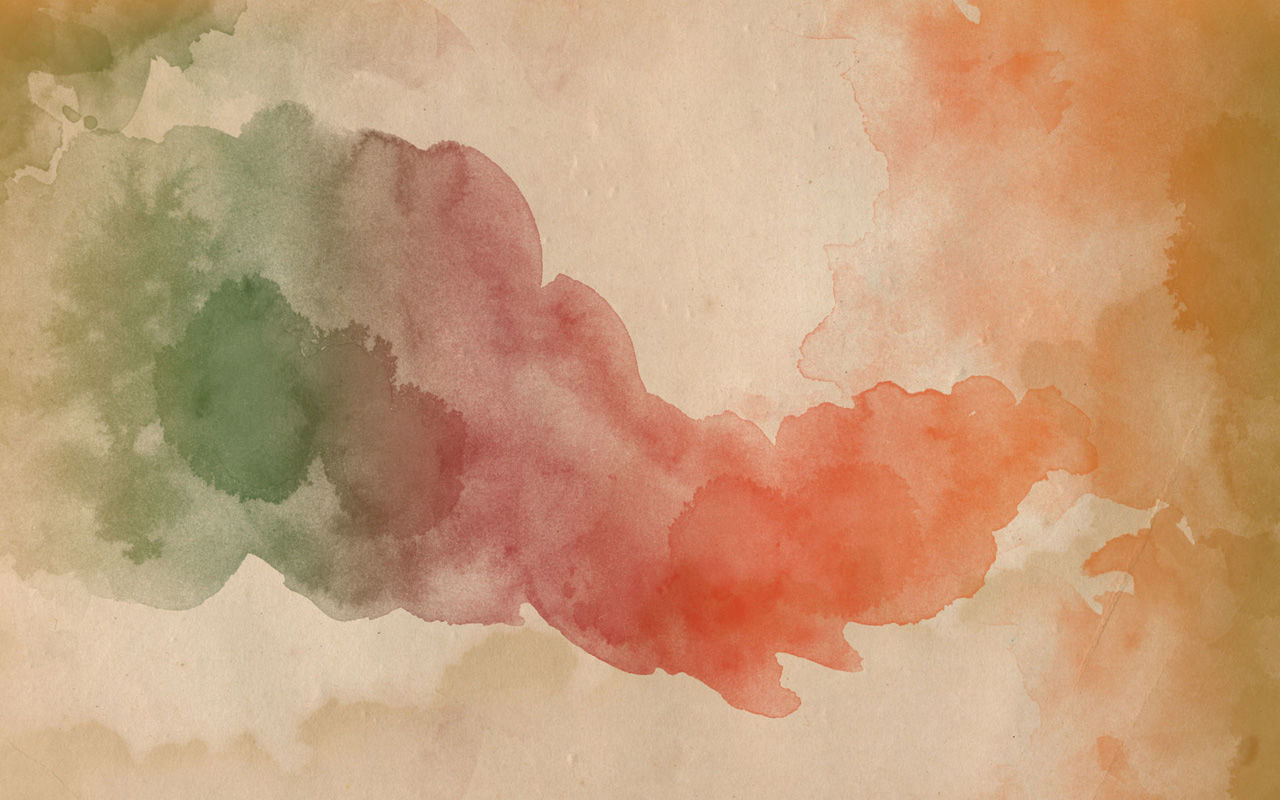
Paint & Brush
GALLERY
"Painting is poetry that is seen rather than felt."
-Leonardo Da Vinci
"Art washes away from the soul the dust of everyday life."
-Pablo Picasso
"You use a glass mirror to see your face,you use works of art to see your soul."
- George Bernard Shaw
 |  |
|---|---|
![Weeping Woman [1937]](https://static.wixstatic.com/media/eade15_2249fbcdebb34eb79a66ac0ea9748e95.jpg/v1/fill/w_250,h_348,al_c,q_90,enc_auto/eade15_2249fbcdebb34eb79a66ac0ea9748e95.jpg) |  |
 |  |
 |  |
 |  |
Pablo Picasso
Cat Devouring a Bird
This is not Picasso’s cat per se. His wife, Jacqualine’s cat is black which he painted in another painting. This is another one of Picasso’s obsession with the Spanish Civil war. The face of the cat is depicted in the usual frontal and side view combination. The cat’s facial expression has taken an almost human form. The contorted expression of anger is more typically seen on a human face than on a cat’s face. If one has seen a cat hunt for bird or mice, there is never anger in their facial expression. It is calm yet with a hint of restrained ecstasy. This is a stereotyped version of a cat. I just happen to see this painting in a book I have. This one just caught my eye. There are many famous artists in history who are facinated by cats. But there aren’t many that manage to present the true nature of cats.

Women of Algiers
It is located in the Louvre, Paris, France. The painting was first displayed at the Salon, where it was universally admired. KingLouis Philippe bought it and presented it to the Musée du Luxembourg, which at that time was a museum for contemporary art. After the death of the artist in 1874 the painting was moved to the Louvre, where it is held today.
The painting is notable for its sexual connotations; it depicts Algerian concubines of a harem with a hookah, used to smokehashish or opium. In the 19th century, the composition was known for its sexual content and its orientalism. The painting served as a source of inspiration to the later impressionists, and a series of 15 paintings and numerous drawings by Pablo Picasso in 1954

Family of Saltimbanques
The painting depicts six saltimbanques, a kind of itinerant circus performer, in a desolate landscape. The composition groups them together but they seem disconnected and do not look at one another.[2]
It was painted during a period from late 1904 to early 1906 when Picasso explored themes using the saltimbanque. Picasso frequently attended the Cirque Médrano in Montmartre. Critics have suggested Family of Saltimbanques is a covert group portrait of Picasso and his circle, symbolized as poor, independent and isolated. The painting was removed from the Spanish salon at the IX Biennale of Venice in 1910, because considered inappropriate by the organization.

Theft of The Weeping Woman from the National Gallery of Victoria
The theft of The Weeping Woman from the National Gallery of Victoria was an art theft of one of a series of paintings by Pablo Picasso known as The Weeping Woman from the National Gallery of Victoria on 2 August 1986. The National Gallery of Victoria had purchased the work for A$1.6 million in 1985, at the time the highest price paid by an Australian art gallery for an artwork. The theft was claimed to be made by a group calling itself "Australian Cultural Terrorists". A number of demands (and insults) by the group were made in letters to the then Victorian Minister for the Arts, Race Mathews. The demands included increases to funding for the arts; threats were made that the painting would be destroyed. After an anonymous tip-off to police, the painting was found undamaged in a locker at Spencer Street Station on 19 August 1986. The theft still remains unsolved.


